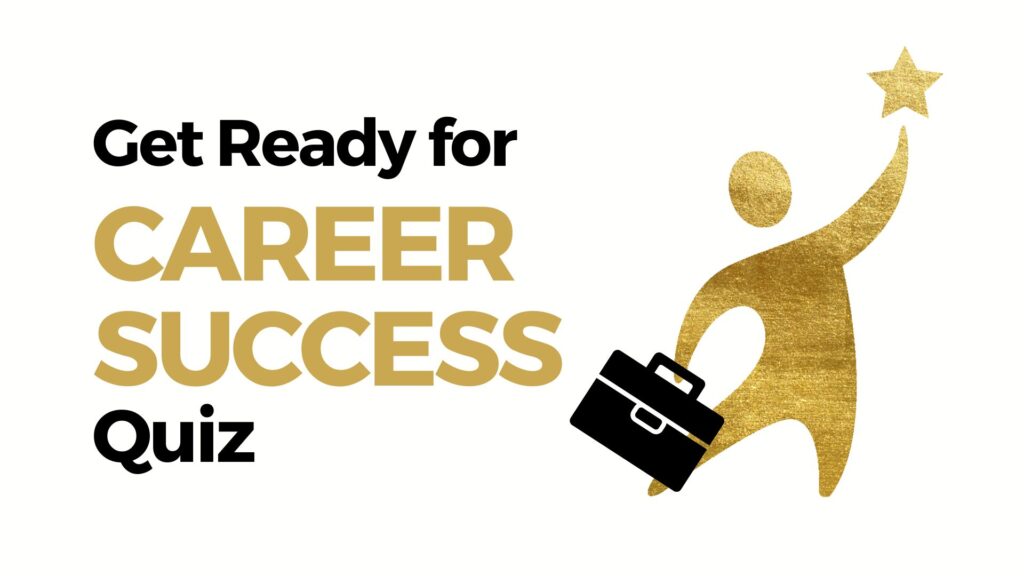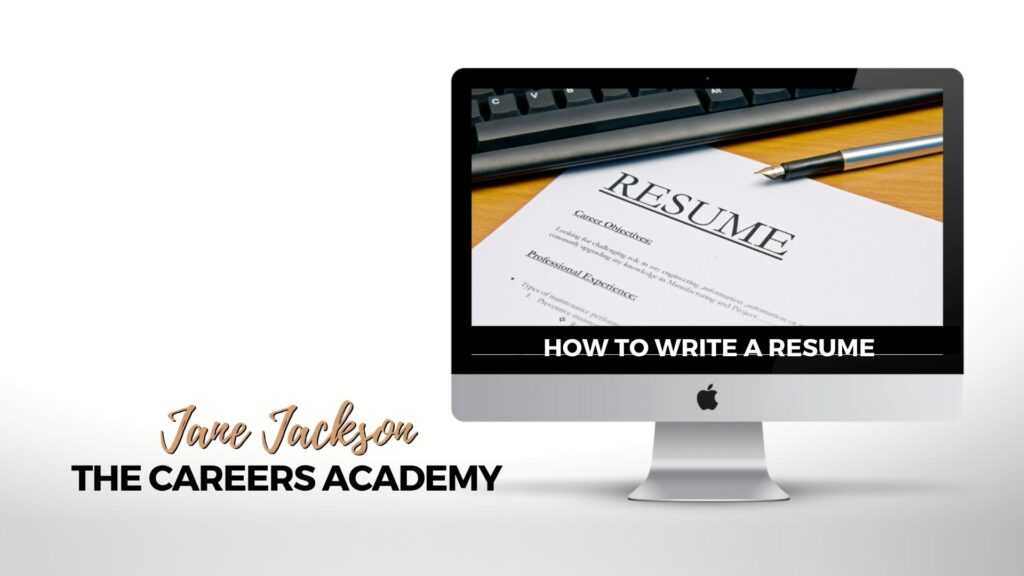
If you aren’t getting positive responses after submitting your resume for job applications you may well be thinking,”What’s wrong with my resume?“
Have you overlooked an essential element that will make your resume stand above the competition?
Over the past 20 years of coaching over 8,000 clients who have gone through one, or more career transitions, I’ve only come across two resumes that didn’t need at least a little work to make them stronger!
So you’re looking for a job. I expect you’re using all the job search methods available including working with recruiters, making applications for advertised roles, networking and targeting companies directly.
Why you need a resume
You need a resumé as a soft copy for emailed and online application applications. You’ll need to upload your resumé into job search portals such as www.seek.com.au or www.jobsdb.com and a hard copy to produce when chatting over a coffee during a networking meeting, or to provide during a job interview if an additional person is called to sit in on your interview.
The content of your resume should also be readily available to include in your LinkedIn profile to make your online presence work for you too. However, you’ll need to write your LinkedIn ABOUT section differently from your resumé profile section.
Resume checklist
- Is your resume up to date?
- Does it contain what is required to capture the attention of your desired audience?
- Is it easy to read, concise and powerful?
- Have you included relevant accomplishments to demonstrate the tangible value you have added to your current and previous positions?
- Have you included information that might create a bias in the reader’s mind (information such as your birth date, marital status, religion)?
Too many candidates include information that isn’t relevant to the role they are targeting.
You must TAILOR each and every application for the role.
If the information in your resumé does not highlight your suitability for a specific role, it will hinder their chances of being selected for a screening interview.
Below are 15 top tips for your resumé.
How many have you taken care of already?
Are you ready for Career Success?
Take 2 minutes to complete my Career Success Quiz and find out if you are ready for career success.
Receive your results and analysis plus recommendations to improve immediately!
15 tips for a powerful resume
- Choose a fuss-free layout that provides enough white space so the resume is easy to read. Ensure the design suits the industry and job function you are targeting (for example, a graphic designer’s resume will need a more creative look than a finance professional’s resume)
- Keep the font size no smaller than 10 point font and provide enough white space so it’s easy to read
- Aim for 2-3 pages to include the information that is RELEVANT for the role, there is no need to include everything that you’ve done over your career
- Ensure your name and contact details (mobile phone and email address are requirements) are clearly visible at the top of the resume (this may sound obvious but I’ve received resumes that haven’t had this basic information on page one!
- If you’re applying for a specific role, read the job description carefully and take note of key words that describe essential requirements of the role. If you have those skills or traits, make sure you include them in the resume. The right key words will help to get you noticed.
- Include a Career Summary or Professional Profile at the beginning that highlights your relevant experience, core competencies and technical skills. This should capture the attention of the reader instantly and place you in the ‘yes’ or ‘maybe’ rather than the ‘no’ pile when being screened.
- Then add your professional experience. You’ll need the company name, job title and the dates you held each role. Start with your most recent role and then add your previous roles in reverse chronological order.
- Under each role describe briefly the scope, responsibilities and important aspects of that role, to whom you reported, the number of people you managed, size and type of projects you handled and size of budget if relevant.
- After responsibilities, you MUST include bullet points highlighting your accomplishments for that role. These should include the tangible results of your efforts. These accomplishments may be profit improvements, streamlining of processes, time savings, cost savings, improved moral within the department, completion of projects under budget or ahead of schedule, etc. These results are what will make your resumé STAND OUT from the crowd.
- As a rule of thumb, the screener will want to know the roles you held the past 10-12 years. There may be exceptions to the rule and it depends on your particular circumstance if you must include information that is older than that. Make sure that information is relevant to the role you are targeting.
- Your academic qualifications and professional development courses come next. If there is a particular qualification that is a ‘must have’ to be selected for the role, then you can add it in the career summary on page one so it’s easily noticed.
- If you have any relevant professional memberships and affiliations then create a section for those next.
- You may put ‘Referees available upon request’ at the end if you wish; it’s not a necessity. If you are shortlisted for the role after being interviewed you will be asked for your referees anyway. Some applications request for referees details up front, in which case, follow the instructions!
- Proof read, proof read, proof read!!! Get someone else to proof read it too – sometimes you can work so hard on your resume that you don’t even notice little mistakes anymore. If you state that you are detail oriented and the reader spots mistakes, that will probably land your resume in the ‘no’ pile.
- Something many people don’t realise is that you must tailor your resume to suit each and every application you make, highlighting the skills you have that are most relevant to be successful in the role.
Your resume does not get you a job. If you are a good match for the role it should get you a screening interview.
After that it’s up to you to prepare well for the interview process and wow them with your communication skills and expertise.
I guide you step-by-step to create your best resumé that is tailored to the role you desire in my HOW TO WRITE A POWERFUL RESUMÉ online course.
More career articles to help you land a job you’ll love:
Will you ever get another job?
Do you appear desperate by following up?
7 deadly mistakes of job hunters
Negotiating the job offer – is it worth it?



